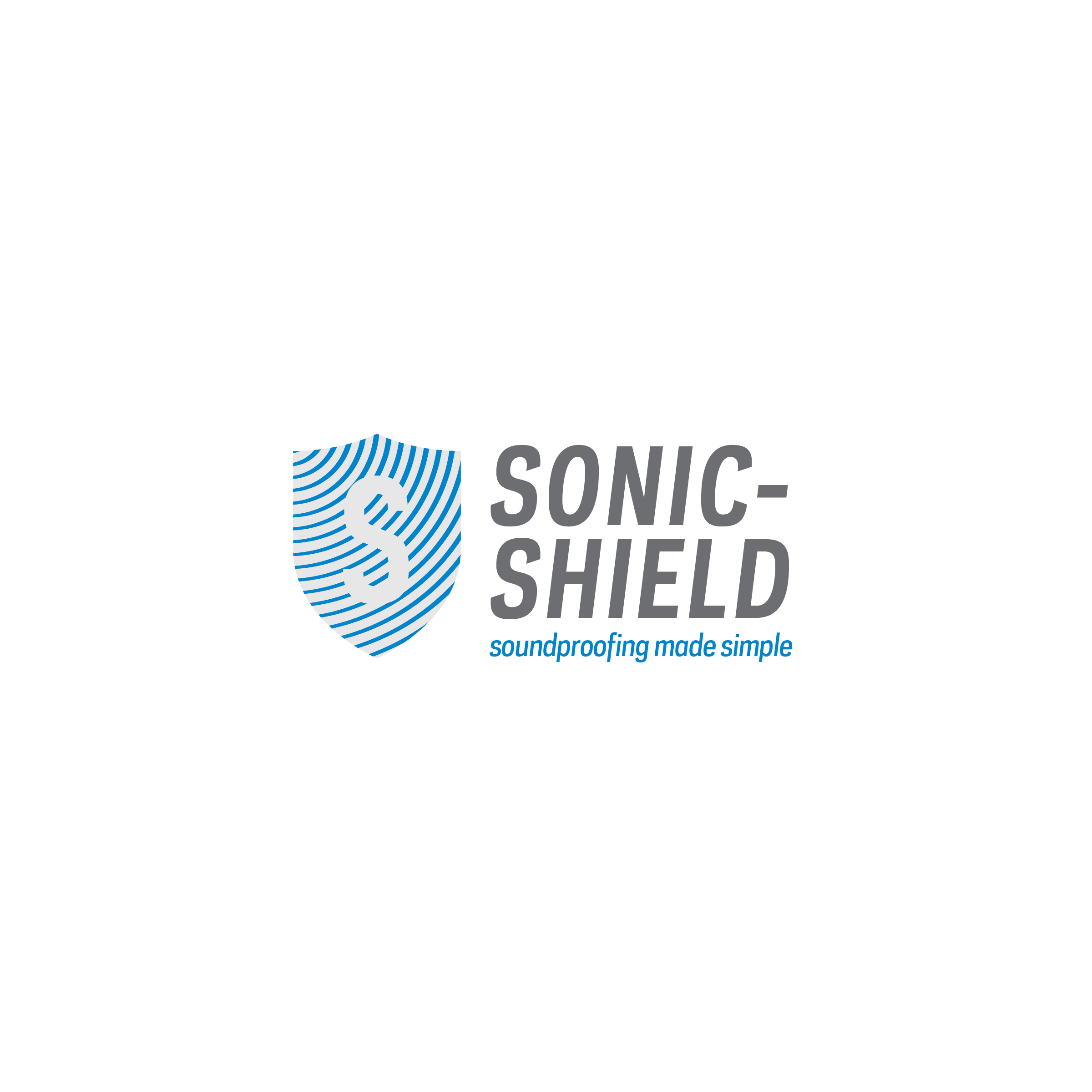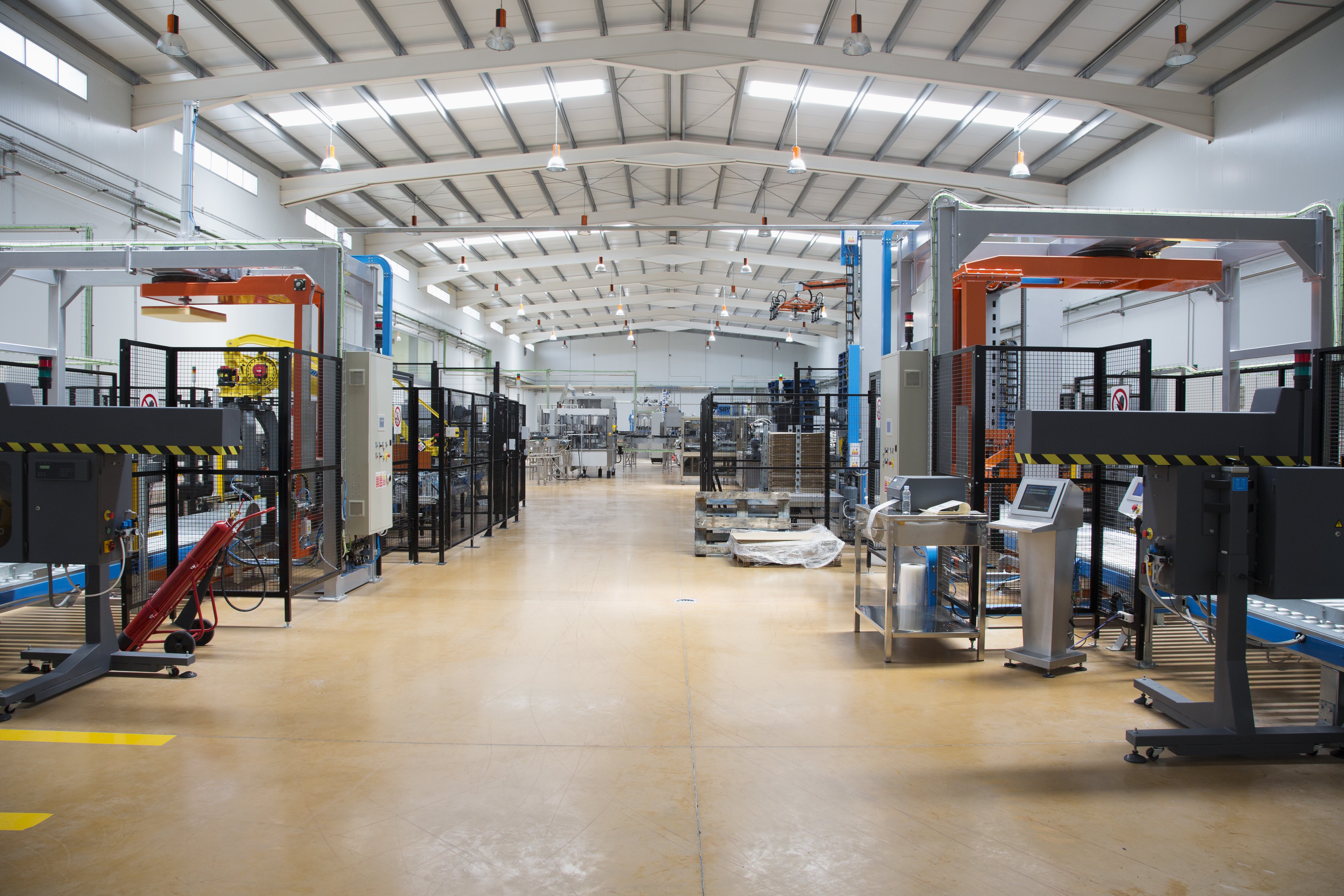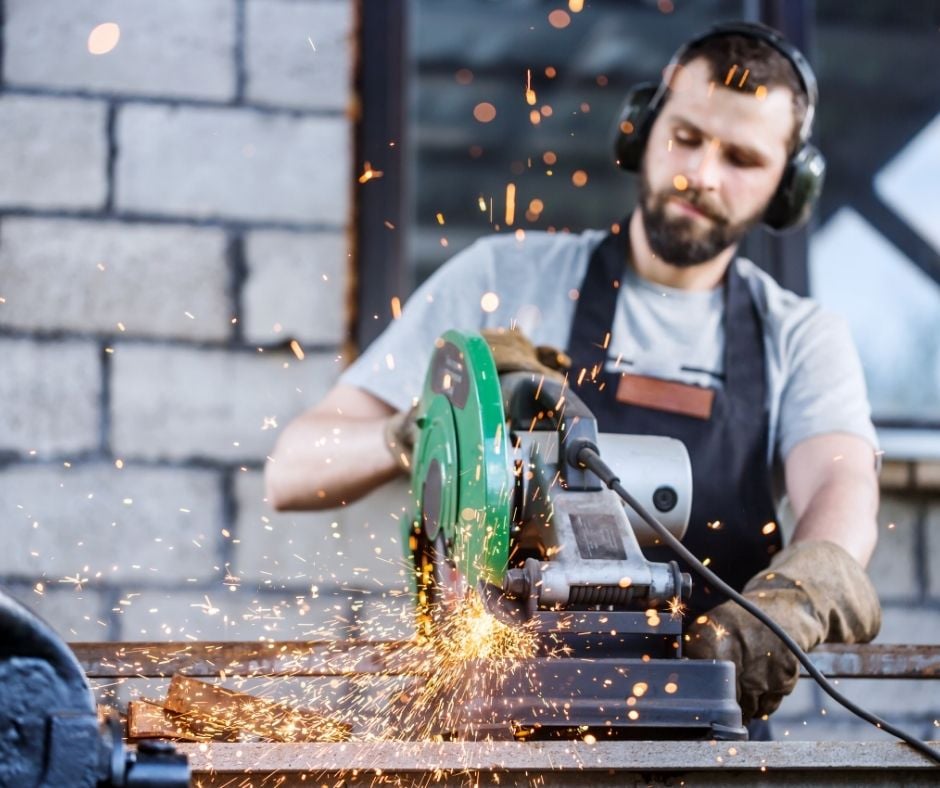
All types of manufacturing facilities - recycling plants, auto manufacturers, power generation plants, food manufacturers to name but a few, are using machinery that can be linked to harmful and disruptive noises coming right from their production floor. The equipment involved to produce their end products uses rotors, gears, fans, turbulent fluid flow, internal combustion engines, etc. for processes like riveting, crushing, punch presses, drilling, filling, capping, lathing, and more. These processes and equipment cause manufacturing to be among the loudest of industries causing manufacturing noise to be one of the top occupational hazards classified by OSHA.
Why Solve Manufacturing Noise Problems?
Manufacturing noise can easily have long-term harmful effects if allowed to rise to extreme highs. Noise emanating from a manufacturing plant can be offensive both to your employees at the plant and too residential and business neighbors close to your manufacturing facility. As a caring employer and a good neighbor, you should consider evaluating your noise problem and pursue sound dampening solutions to deal with the noise coming from your manufacturing facility.
Types of Manufacturing and Industrial Noise
There are four main categories of industrial activity that create noise. Product fabrication, product assembly, power generation and processing. Noise is generated in all of these activities with the majority of the noise occurring at the lower end of the frequency spectrum.
Depending on the machinery or processes being used in your manufacturing plant, the types of noise experienced in your environment can be classified into two main types of industrial noise to include but not be limited to:
Impact Noise: This is the type of noise that is produced when a solid surface makes contact with another solid surface for example, stamping machines or punch presses.
Airborne noise: passes through openings, apertures and other structural gaps. It is caused by almost any type of machinery in operation, traveling to offices, break rooms, receiving docks.
Sources of Manufacturing Noise
Such a wide variety of machines and equipment are used in the manufacturing process, that to recap even a small sample of them here would not be possible. Here are just a few of the most common sources of manufacturing noise across the frequency spectrum to include all frequencies:
- Gas jets
- Exhaust fans and ventilators
- Compressors Generators
- Motors/Electric Motors
- Pumps
- Evaporators
- Coolers
- Molding
- Pneumatics
- Grinders
- Fillers
- Capping machines
- Stamping machines
- Furnaces
- Heat exchangers
What we CAN say, is that no matter what the machinery or process creating the noise in your facility, they generally create noise that moves either through the air, or is transmitted by vibration through solid objects like walls, floors and ceilings. To effectively deploy the right noise control measures, you should consider a sound study, which will help identify the noise source and quantify the amount, severity or frequency of the noise in your facility. A thorough study will also identify the noise transmission path from the noise source to the impacted area or party.
Compliance
Both OSHA and other national and local environmental agencies have specific regulations concerning the emission and control of manufacturing noise. Stay current with local regulations and ordinances for your type of operation and the laws and regulations that have been put in place for your industry. We have professionals who can help conduct a sound study and advise on the best sound dampening methods and solutions for you to use to comply with OSHA’s regulations, ensure the safety of your employees and create neighborly good-will.
At Sonic Shield, we have the expertise needed to help you find a solution to the noise problems you face. Get in touch with us today.




